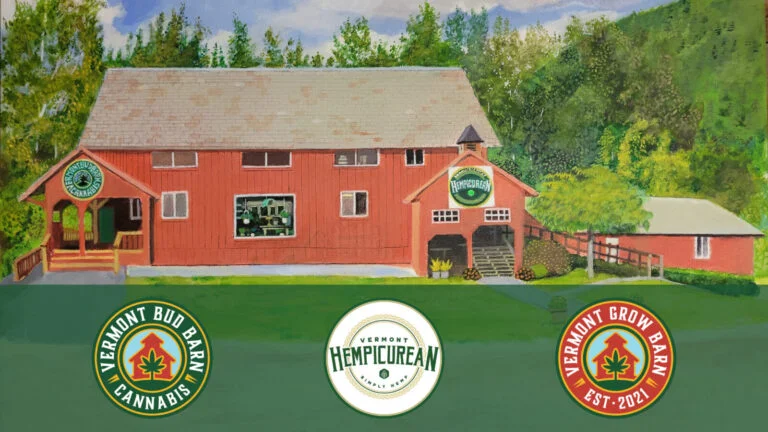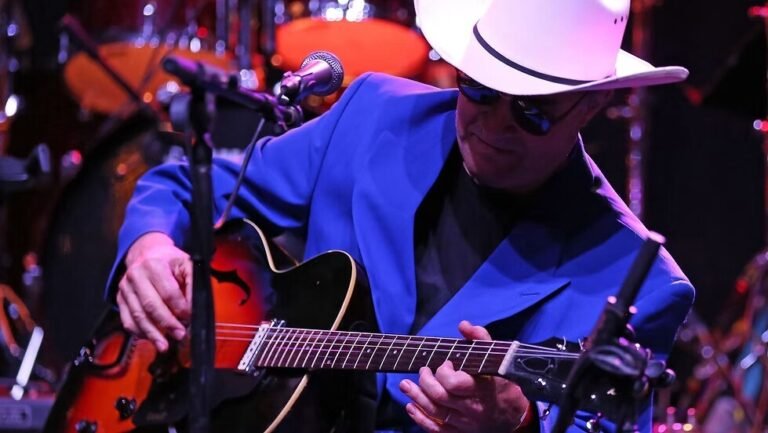Indian cinema often refers to a film as a “masala entertainer,” implying a mix of various genres including drama, action, comedy, and romance with song and dance. Masala films have established themselves as a sub-genre of Hindi cinema with colorful themes and influences. Some popular themes include siblings separated in childhood reuniting in adulthood, revenge dramas, and the rebirth of a character to repair the wrongdoings of a previous life.
Commercial Indian filmmakers strive to create mass entertainers for a wide audience. The trend of masala films began in the early 1970s with movies like “Yaadon Ki Baraat,” “Amar Akbar Anthony,” and “Sholay” popularizing the themes of siblings reuniting, religious unity, and revenge. The concept of reincarnation is explored in films like “Om Shanti Om.”
Masala films have certain key characteristics, such as memorable dialogues, impactful hero “entry” scenes, and villain characters with catchy names. They are often described as “paisa vasool,” meaning bang for your buck.
These films have had a massive impact on Indian culture, influencing narrative style, subject matter, treatment, and fashion. Masala films have become a means of exchange among people of different cultures who share the experience of watching these films. Iconic dialogues from films like “Sholay” continue to be referenced in pop culture.
Overall, masala films have played a significant role in shaping the landscape of Indian cinema and have become an important part of the country’s cultural heritage.
Source: https://www.reformer.com/arts_and_culture/vidhi-salla-masala-and-bollywood/article_b55aba1c-735b-11ee-aea4-a38b561d04d1.html








